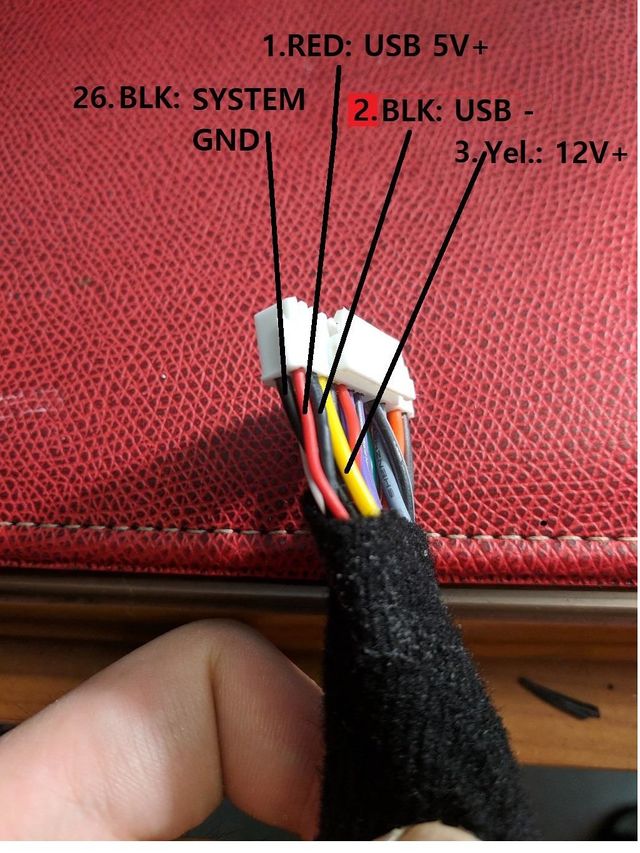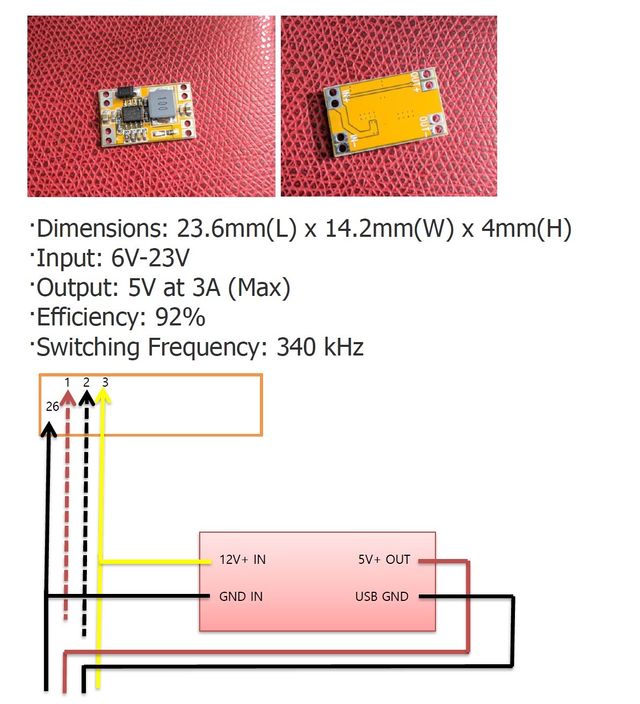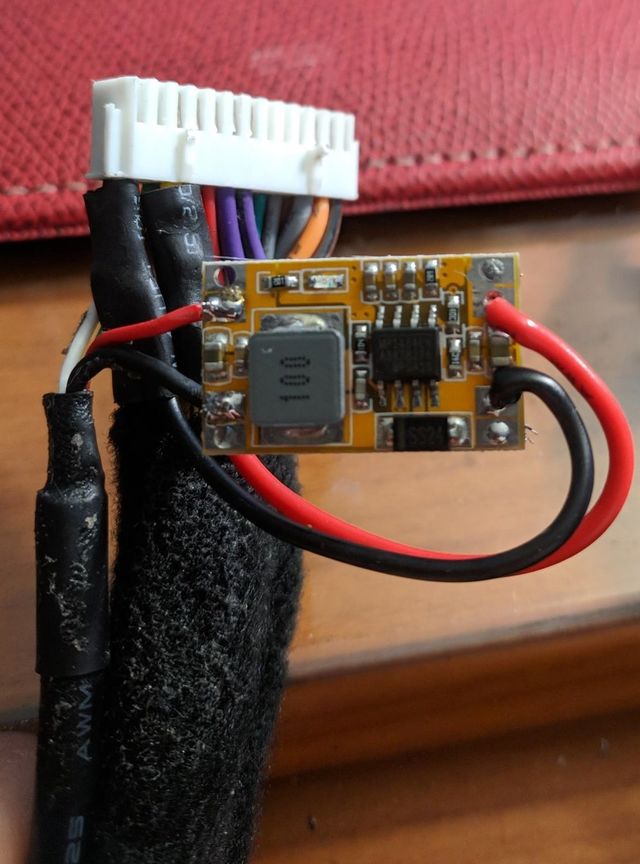Difference between revisions of "Tweaks"
Daniel-RSNAV (talk | contribs) |
Daniel-RSNAV (talk | contribs) (→Stablizing the device) |
||
| Line 8: | Line 8: | ||
1. Identify lines and their function | 1. Identify lines and their function | ||
| − | [[File:rsnav1.jpg|border| | + | [[File:rsnav1.jpg|border|640px]] |
2. Add the DC-DC step-down module as seen in the following schematic. | 2. Add the DC-DC step-down module as seen in the following schematic. | ||
| Line 14: | Line 14: | ||
and rerouted USB 5v power from the connector to the output of the module, so that the module charges iPhone. | and rerouted USB 5v power from the connector to the output of the module, so that the module charges iPhone. | ||
After the completion, Pin 1, 2 is no longer connected to the RSNAV. | After the completion, Pin 1, 2 is no longer connected to the RSNAV. | ||
| − | [[File:rsnav2.jpg|border| | + | [[File:rsnav2.jpg|border|640px]] |
3. This is the final product. Inspect and wrap it with electric isolation tape. | 3. This is the final product. Inspect and wrap it with electric isolation tape. | ||
| − | [[File:rsnav3.jpg|border| | + | [[File:rsnav3.jpg|border|640px]] |
Revision as of 17:54, 16 March 2018
Stablizing the device
- Goal of this project is to make 2nd Generation RSNAV Standalone Smartphone interface to be stable.
- The main cause of the problem is that 5v get exhausted when iPhone draws more than 0.5A from USB bus.
Required: Soldering kit, MP1584EN (12v to 5v) DC-DC step-down module, soldering skill, electric isolation tape
1. Identify lines and their function

2. Add the DC-DC step-down module as seen in the following schematic.
Basically, tab on 12V positive and system ground wires to supply electricity to the module,
and rerouted USB 5v power from the connector to the output of the module, so that the module charges iPhone.
After the completion, Pin 1, 2 is no longer connected to the RSNAV.

3. This is the final product. Inspect and wrap it with electric isolation tape.
